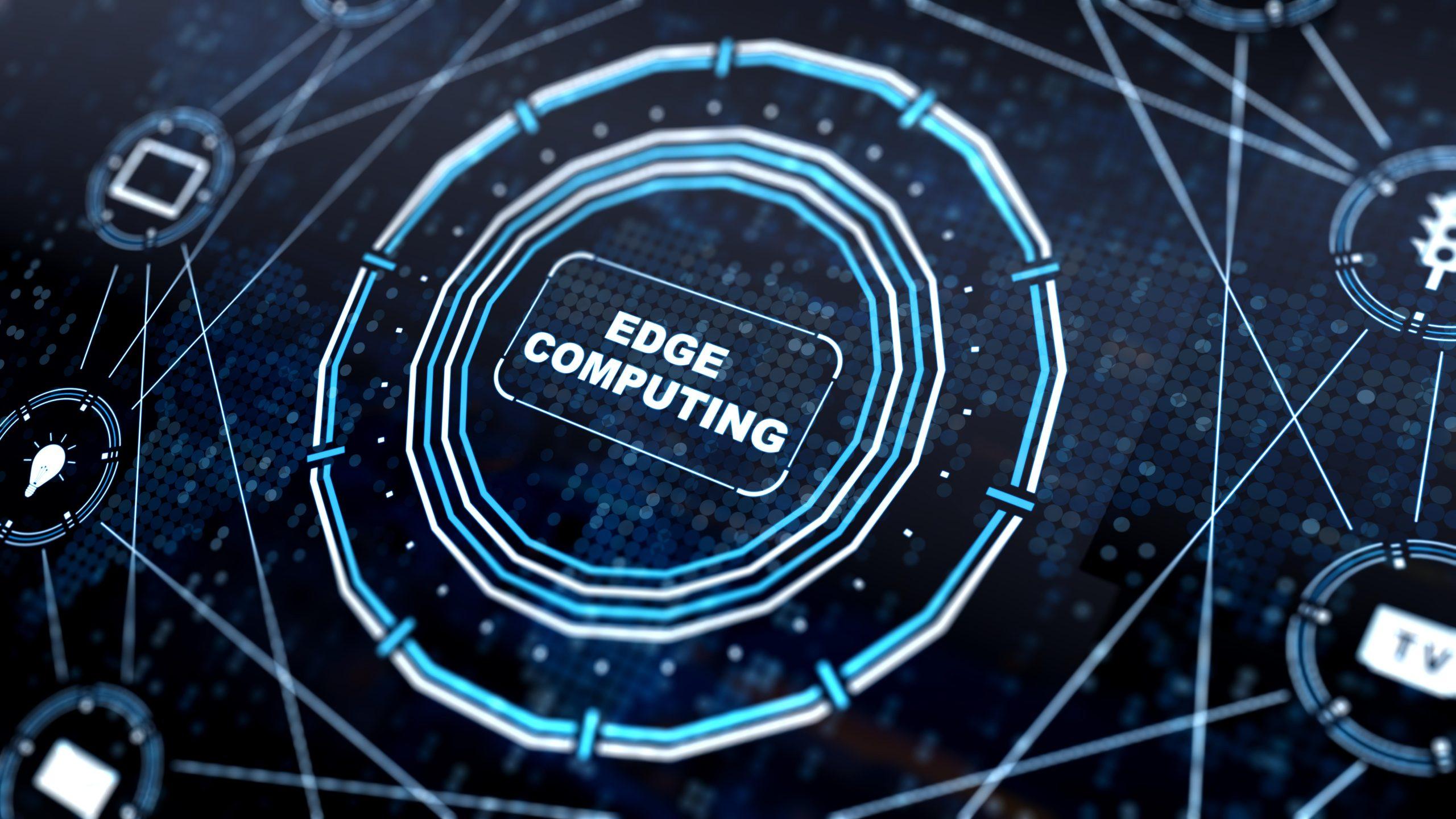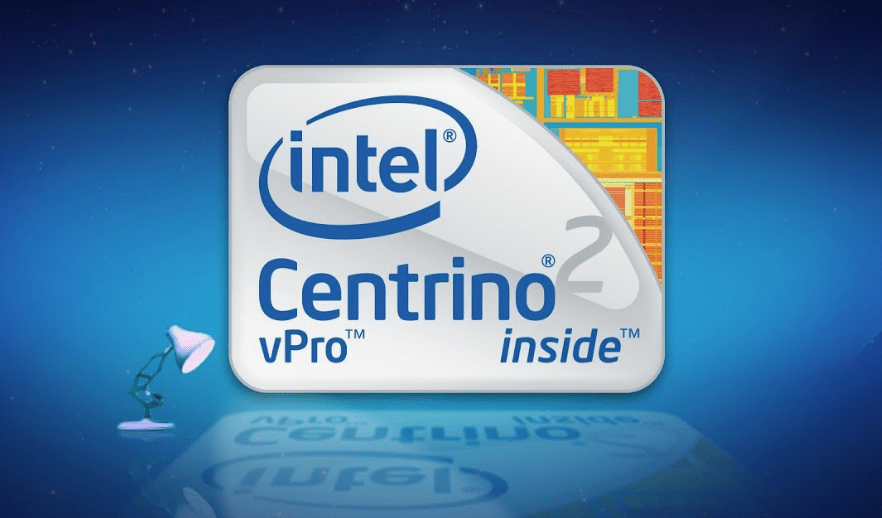Edge computing is transforming data processing and storage. It provides significant benefits in terms of latency, bandwidth, and overall performance by relocating computer power closer to the data source.
However, similar to any new technology, edge computing has its own set of challenges. Avoiding typical hazards that can prevent the implementation from reaching its full potential is essential to ensuring a successful implementation.
This post will explain what edge computing is and the errors that businesses frequently make and offer helpful advice on how to avoid them.
What is Edge Computing?
Before we move ahead, let’s first understand “ what is edge computing?”
“Edge computing” is a distributed computing system that places workplace apps closer to data sources, such as Internet of Things devices or local edge servers. Being close to the data source can result in strong business benefits, such as quicker insights, quicker response times, and better bandwidth availability.
Mistakes Business Makes with Edge Computing and How to Avoid
1. Ignoring security issues in early phases
One of the most common mistakes people make when using edge computing is treating security as an afterthought. The attack surface grows quickly as more devices are connected via edge networks.
When businesses ignore security in the early phases of implementing edge computing, they leave themselves vulnerable to possible data breaches, malware attacks, and unauthorized access.
Ways to avoid it
- Make sure that all edge devices are kept up to date with the most recent security patches, and use encryption for data both in transit and at rest.
- Install zero-trust architecture and invest in robust authentication techniques like multi-factor authentication (MFA) to lessen potential threats.
- Using monitoring tools that can spot irregularities and odd traffic patterns is another way to stop cyberattacks.
2. Underestimating data management strategy
The two biggest mistakes that organizations make are underestimating the amount of data and lacking a robust data management strategy. This may lead to ineffective processing, higher expenses, and storage bottlenecks.
Ways to avoid it
- Create a thorough data management strategy that takes into consideration the amount, speed, and type of data being produced.
- Choose which data should be transferred to the cloud for long-term storage and analysis and which should be processed at the edge.
- Use data lifecycle management guidelines and efficient data compression techniques to prevent overload.
3. Selecting the wrong hardware for edge computing
Selected hardware for edge computing is another area where businesses often make mistakes. Many businesses select hardware that is either too weak or too powerful for their purposes, which can cause performance problems and extra expenses.
Ways to prevent it
- Assessing your company’s needs while keeping in mind things like connectivity needs, environmental influences, and processing capacity.
- Choosing the right equipment can help you avoid performance bottlenecks and keep costs down.
For instance, ruggedized devices that can endure extreme weather conditions are required if you’re implementing edge computing in remote areas with severe weather.
However, if processing data in real time is your top concern, then you should spend money on systems that can process large amounts of data quickly.
Choosing the right equipment can help you avoid performance bottlenecks and keep costs down.
4. The current configuration is not sufficient
Since edge computing requirements are changing quickly, your current configuration might not be sufficient down the road. Creating a system that isn’t scalable is a common mistake that hinders your ability to expand as data quantities and business requirements rise.
Many times, organizations fail to consider the possibility of growth, which might result in expensive restructurings later on.
Ways you can avoid this
- Build flexibility and scalability into your edge computing infrastructure from the beginning to prepare for future expansion.
- Think about edge platforms that let you add more devices, processing power, or storage capacity as needed through modular extension choices.
- Make sure your software stack can handle more workloads without compromising performance as well.
5. Ignoring how important latency is
One of edge computing’s primary advantages is its ability to reduce latency by processing data closer to the source. On the other hand, some companies fail to see how crucial it is to optimize their edge networks for low latency.
Users or consumers may become irritated as a result, and data processing delays and decreased efficiency may result.
Ways you can avoid this
- Make sure your network architecture is minimally latency-aware to fully benefit from edge computing’s low-latency features.
- Position edge nodes in a deliberate manner in close proximity to data sources, including user devices or IoT sensors.
- Establish dependable, quick connectivity between edge devices and your main infrastructure.
- Use applications that are sensitive to latency so that data can be processed fast without making needless roundtrips to the cloud.
6. Overlooking the deployment complexity of the edge
Implementing edge computing can be challenging, especially for institutions unfamiliar with the technology. Many businesses underestimate the time, cost, and expertise required to properly implement an edge solution. Often, the result is costly errors, misconfigured systems, and delays in implementation.
Ways to avoid it
- Adopt a methodical and thorough approach while deploying edge computing.
- Take a close look at your current infrastructure and make a list of any issues that may arise, such as network limitations, incompatibilities with certain hardware, or security risks.
- Consider working with experienced edge computing suppliers or consultants to guarantee a seamless deployment process and avoid recurring problems.
7. Struggle to connect edge and cloud computing
Even though edge computing is frequently considered a complement to cloud computing, several businesses struggle to properly connect their edge and cloud systems.
As a result, an isolated infrastructure is created, where data and procedures are not coordinated. This results in inefficiencies and lost chances for thorough data analysis.
Ways to avoid it
- Make sure your edge devices are fully connected to your cloud infrastructure to guarantee uninterrupted data flow between the two environments.
- Use hybrid cloud architectures, which enable data to be processed locally at the edge and aggregated in the cloud for further analysis, long-term storage, and compliance.
Key Takeaway
By avoiding these common mistakes and carefully weighing the factors above, you can successfully implement edge computing solutions and reap the benefits of this revolutionary technology.
Read More: How Edge Computing Integrates with Blockchain Technology?






